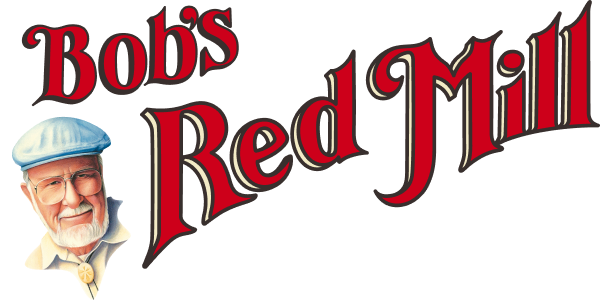


 When comparing the nutritional value of oat bran vs. oatmeal, you'll find that these two breakfast cereals are pretty similar. Both cereals are excellent options when searching for a healthy addition to your diet. However, the oat bran nutrition profile is slightly better than oatmeal. Let's take a closer look at these differences and discover what you can expect from a bowl of oat bran.
When comparing the nutritional value of oat bran vs. oatmeal, you'll find that these two breakfast cereals are pretty similar. Both cereals are excellent options when searching for a healthy addition to your diet. However, the oat bran nutrition profile is slightly better than oatmeal. Let's take a closer look at these differences and discover what you can expect from a bowl of oat bran.
 Everyone knows that oatmeal is a tasty breakfast. But, If you enjoy a bowl of oatmeal regularly, you may be looking for a way to spice things up in the morning. Instead of turning your bag of oats into oatmeal, use it to create pancakes instead. One of the most loved breakfast recipes around, pancakes are the perfect breakfast to make for both children and adults. Simple to create, most pancake recipes bake within minutes, meaning you don't have to spend your entire morning making them.
For a pancake recipe that features all of your favorite ingredients, including oat grains, try making these Oatmeal Pancakes. The perfect way to start your day, these pancakes are made with a base of our Gluten Free Oat Flour and Gluten Free Quick Cooking Rolled Oats and then combined with milk, sea salt, egg whites, sugar, egg yolks, baking powder and vegetable oil. Pair these deliciously sweet pancakes with a mug of hot coffee or a refreshing glass of milk, either way. They're sure to be delicious!
Everyone knows that oatmeal is a tasty breakfast. But, If you enjoy a bowl of oatmeal regularly, you may be looking for a way to spice things up in the morning. Instead of turning your bag of oats into oatmeal, use it to create pancakes instead. One of the most loved breakfast recipes around, pancakes are the perfect breakfast to make for both children and adults. Simple to create, most pancake recipes bake within minutes, meaning you don't have to spend your entire morning making them.
For a pancake recipe that features all of your favorite ingredients, including oat grains, try making these Oatmeal Pancakes. The perfect way to start your day, these pancakes are made with a base of our Gluten Free Oat Flour and Gluten Free Quick Cooking Rolled Oats and then combined with milk, sea salt, egg whites, sugar, egg yolks, baking powder and vegetable oil. Pair these deliciously sweet pancakes with a mug of hot coffee or a refreshing glass of milk, either way. They're sure to be delicious!
 Looking for some delicious oat bran breakfast recipes? We recommend meal prepping a batch of muffins for a breakfast that you can grab out the door. By making muffins ahead of time, you'll ensure that you always have something healthy to reach for when you require a snack. And, because their muffins are made in single-serving sizes, they're easy to take anywhere. We suggest working oat bran into the recipe for a muffin that you can feel good about biting into.
Muffins like these Flax Oat Bran Zucchini Muffins are the perfect way to wrap all of your nutrients up in a fluffy, delicious-tasting package. Moist, nutritious and low carb, they're the ideal way to start your day. Enjoy one on your way to work and pack another in your kid's lunch box.
Looking for some delicious oat bran breakfast recipes? We recommend meal prepping a batch of muffins for a breakfast that you can grab out the door. By making muffins ahead of time, you'll ensure that you always have something healthy to reach for when you require a snack. And, because their muffins are made in single-serving sizes, they're easy to take anywhere. We suggest working oat bran into the recipe for a muffin that you can feel good about biting into.
Muffins like these Flax Oat Bran Zucchini Muffins are the perfect way to wrap all of your nutrients up in a fluffy, delicious-tasting package. Moist, nutritious and low carb, they're the ideal way to start your day. Enjoy one on your way to work and pack another in your kid's lunch box.